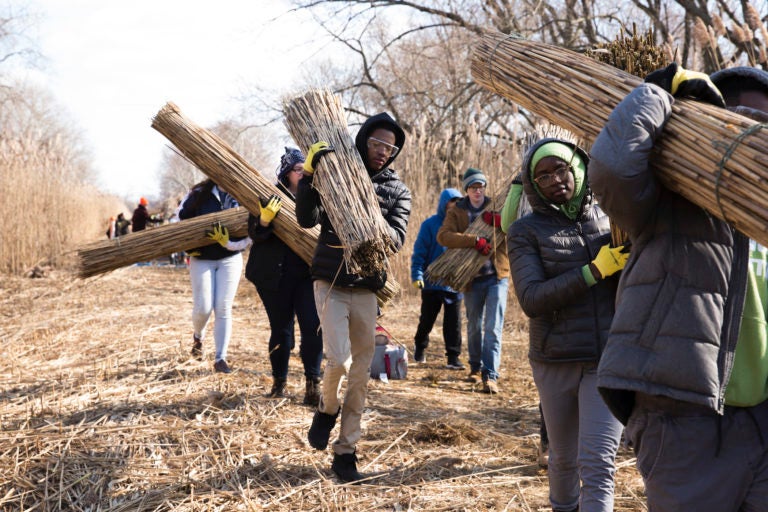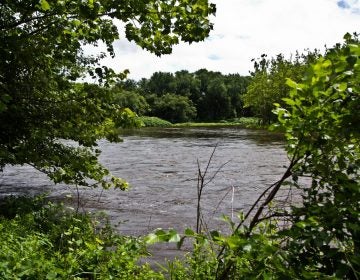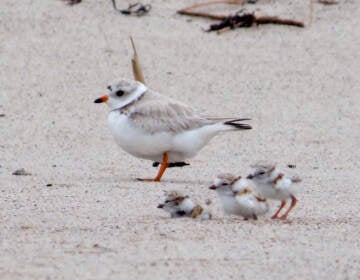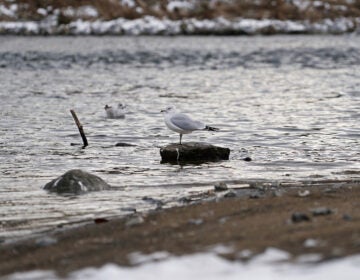Could climate change shift the conversation on this invasive species?
Winters along the Delaware River and its tributaries can lead to picturesque scenes of snow-topped phragmites swaying in the wind.
Listen 6:54
The harvesting session, called Phrag Fest, kicks off an ecological art project by artist Sarah Kavage (not pictured). (Rachel Wisniewski for WHYY)
[This article was originally published by The Delaware News Journal in partnership with WHYY.]
On some summer mornings during Delaware’s prime beach season, Todd Fritchman can be spotted running along the sandy shores of the Atlantic Ocean or coaching squads of Baywatch look-a-likes on rip currents and rescues in Dewey Beach.
But when his towel is hanging up for the day, he might be found waging a war that’s decades in the making against one of the region’s most invasive coastal species.
And no, they’re not tourists.
—
Continue reading on From the Source: Stories of the Delaware River
WHYY is your source for fact-based, in-depth journalism and information. As a nonprofit organization, we rely on financial support from readers like you. Please give today.




